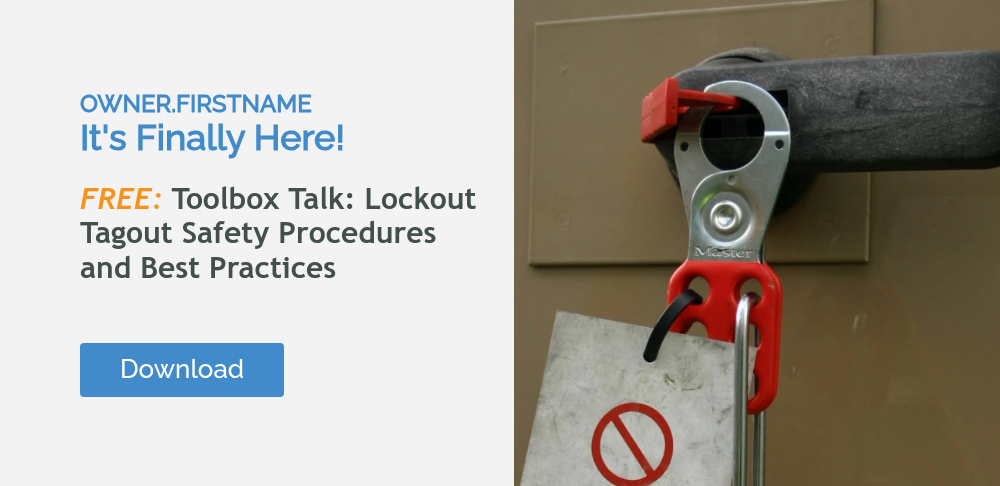Ensuring the safety of workers in the stone industry is crucial, and implementing effective lockout/tagout procedures is a key part of this process.
Understanding the Importance of Lockout/Tagout in the Stone Industry
In the stone industry, machinery and equipment are often powerful and complex, posing significant risks if not properly managed. Lockout/Tagout (LOTO) procedures are designed to prevent accidental startup or release of stored energy during maintenance and servicing activities.
By effectively implementing LOTO protocols, companies can protect their workers from severe injuries and fatalities, ensuring a safer and more productive work environment. For further insights and resources, explore our Lockout Tagout Training.
Common Hazards and Risks in Stone Manufacturing
Stone manufacturing involves various operations such as cutting, grinding, and polishing, each presenting unique hazards. Common risks include entanglement, crushing injuries, exposure to harmful dust, and electrical hazards. For a comprehensive overview of safety practices in the stone industry, refer to our essential safety tips for stone workers.
Identifying these hazards and understanding their potential impact is the first step toward mitigating risks. A comprehensive LOTO program tailored to the specific needs of the stone industry is essential in addressing these dangers. For more detailed guidance, explore our Lockout Tagout Training.
Step-by-Step Guide to Implementing Effective Lockout/Tagout Procedures
1. Develop a LOTO plan: Start by identifying all machinery and equipment that require lockout procedures. Create a detailed plan outlining the steps for each piece of equipment.
2. Use proper lockout devices: Ensure that the appropriate locks and tags are available and that they effectively isolate energy sources. This includes electrical disconnect switches, valve shut-offs, and other energy control devices. Learn more about choosing the right lockout tagout locks for safety.
3. Communicate with your team: Clearly communicate the LOTO procedures to all employees. Make sure everyone understands their roles and responsibilities during LOTO operations.
4. Verify energy isolation: Before performing maintenance, always verify that the equipment is fully isolated from its energy source. This may involve testing the equipment to ensure it cannot be started.
5. Follow a systematic approach: Use a step-by-step approach for locking out and tagging out equipment. This includes shutting down the equipment, isolating energy sources, applying lockout devices, and ensuring no residual energy remains.
Training and Education: Empowering Your Workforce
Effective LOTO programs require comprehensive training and education. Regularly train employees on LOTO procedures, emphasizing the importance of adherence to safety protocols. For more insights on why LOTO is crucial in industrial settings, check out our article on Lockout Tagout: Why It's Crucial For Construction And Manufacturing.
Empower your workforce by providing hands-on training sessions and refresher courses. This ensures that employees remain knowledgeable about LOTO practices and understand the critical role they play in maintaining a safe work environment.
Maintaining Compliance and Continuous Improvement
Compliance with regulatory standards, such as OSHA's LOTO requirements, is essential for maintaining workplace safety. Conduct regular audits and inspections to ensure that LOTO procedures are being followed correctly.
Foster a culture of continuous improvement by encouraging feedback from employees and making necessary adjustments to the LOTO program. Stay informed about industry best practices and emerging safety technologies to enhance your LOTO procedures.






Leave a Comment